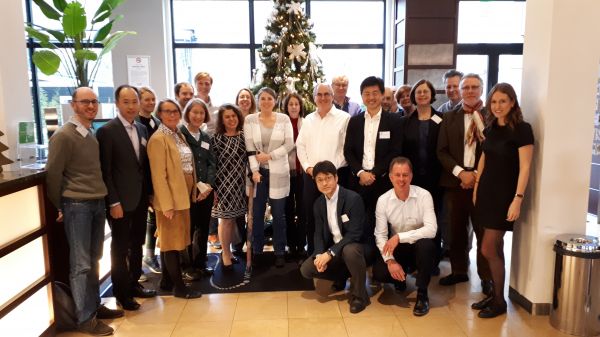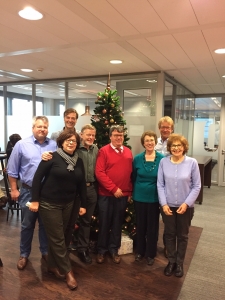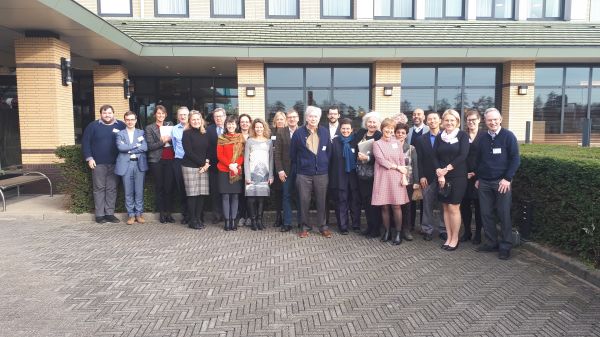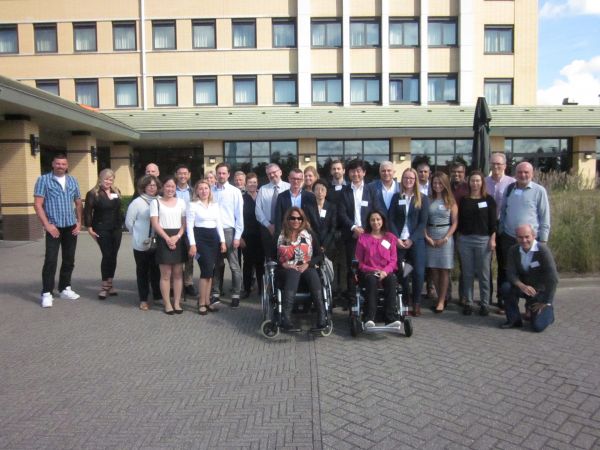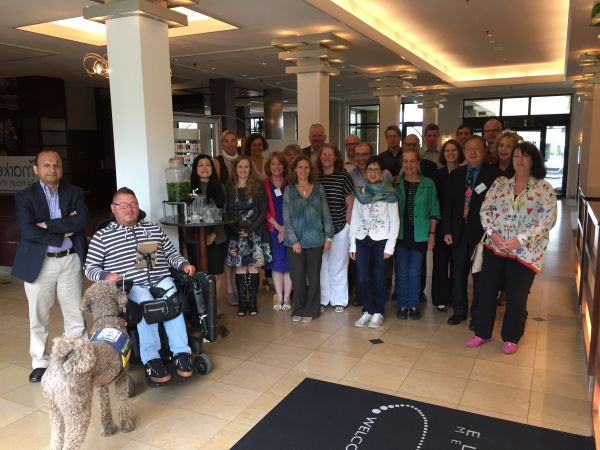Location: Milan, Italy
Title: The 235th ENMC Workshop on: “The position of the neuromuscular patient in Shared Decision Making”
Date: 19-20 January 2019
Organizers: Prof. H. Lochmüller (UK), Prof. A. Tibben (Netherlands), the ENMC Executive Committee and the ENMC office.
Translations of this report:
German by Prof. U. Schara
Danish by Ms. A. Mahony
French by Dr A. Méjat
Italian by Dr F. Bertinotti
Spanish by Ms. M. de Lemus
Dutch by Dr A. Breukel
Polish by Mr. M. Rataj
Greek by Ms. E. Oikonomidou
Participants: Dr A. Ambrosini (Italy), Dr D. Dimitrios (Greece), Mrs. N. Bere (United Kingdom), Dr F. Bertinotti (Italy), Dr A. Breukel (The Netherlands), Mr. F. Buccella (Italy), Dr N. Bungay (United Kingdom), Mrs. C. Daly (Switzerland), Prof. B. van Engelen (The Netherlands), Mr. E. Galluccio (Italy), Dr C. Gamroth (Germany), Prof. N. Goemans (Belgium), Mr. G. Gömöri (Hungary), Prof. M. Hansson (Sweden), Mr. F. Lamy (France), Dr E. Landfeldt (Sweden), Dr M. de Lemus (Spain), Mrs. A. Lennox (United Kingdom), Prof. H. Lochmüller (Germany), Dr E. Mazzone (Italy), Dr I. Meijer (The Netherlands), Dr A. Méjat (France), Mrs. A. Mels (The Netherlands), Dr A. von Moers (Germany), Dr L. Monaco (Italy), Prof. G. Padberg (The Netherlands), Dr H. Peay (U.S.A.), Dr R. Quinlivan (United Kingdom), Dr J. Rahbek (Denmark), Dr M. Rasconi (Italy), Mr. M. Rataj (Poland), Dr S. Rico (U.S.A.), Dr F. Salama (France), Dr V. Sansone (Italy), Prof. U. Schara (Germany), Prof. G. Schrijvers (The Netherlands), Dr M. Snape (United Kingdom), Dr E. Sterrenburg (The Netherlands), Prof. A. Tibben (The Netherlands), Mrs. K. Trant (U.S.A.), Drs E. Vroom (The Netherlands), Dr R. Willmann (Switzerland), Dr M. de Wit (The Netherlands) and Mrs. A. Zittersteijn (The Netherlands)
The workshop was organised to celebrate the 25th Anniversary of the ENMC. It was held in Milan, Italy on 19-20 January in 2018 and attended by 45 participants from 15 different countries: Belgium, Denmark, Finland, France, Germany, Greece, Hungary, Italy, The Netherlands, Poland, Spain, Sweden, Switzerland, UK and the USA. This group represented a wide range of experts: patients and parents, representatives from neuromuscular diseases organisations, clinicians, health care professionals, researchers, societal and policy researchers, psychologists, ethicists, representatives from regulatory authorities and pharmaceutical companies.
In the field of neuromuscular disorders, engaging patients is since long recognized as key issue. The ENMC anticipated that for patients and patient organizations this anniversary is the time to discuss how and when they want to be engaged in research and how patients want co-creation to further develop. The ENMC has been encouraging patient participation to each of its workshops in the past years. With this anniversary workshop, ENMC aims to further strengthen patient participation for a set of important domains that are, in many European countries, still predominantly in the hands of researchers and clinicians:
- psycho-social support of families going through the processes of screening and diagnosis
- transition from child, to adolescent to adult patient
- research that has major impact on daily life (nutrition, pain, fatigue)
- registries and biobanks
- clinical trial design
- regulatory and consenting processes
Shared Decision Making is a model of bilateral interaction between the patient and the clinician, normally applied to find consensus on treatment options. It consists of three phases; option talk, choice talk and decision talk. This practical aspect was used in the workshop to drive the interactive discussion between patient representatives and clinicians/researchers and discuss the level of patient participation and patient involvement in the six fields mentioned above. Note that shared decision making intended mainly to structure the interactions between stakeholders and was used as a tool to operationalize participation. After introducing the concept of Shared Decision Making and the six topics, participants were divided into six discussion groups, with a careful attention to a fair representation of interests, countries and competences.
Overall, there were common points in each discussion. It became clear that education about the involvement of patients up to the level of decision-making requires training and coaching of all stakeholders, including the physicians, health care professionals, pharmaceutical industry, regulatory bodies, people with a neuromuscular condition, the families and patient associations. The roles and preferences of all stakeholders should be made more explicit. With regards to all these stakeholders, it is important to ensure proficient communication about the wishes and challenges we face in implementing patients’ participation at the co-creation level in the various topics addressed. This effort requires changing attitudes, and therefore, ambassadors are needed who inspire and empower others about the benefits of patients’ participation and perhaps at the local level it may need individual coaching. In some of the discussion groups it was concluded that a follow-up meeting or working group is required to delve deeper on how and what to implement to ensure optimal patient participation in that specific topic. Furthermore, it was emphasized that exchange at the European level is also needed. More specific actions and goals for each of the six topics will be described in the white paper (see below).
The aims of the workshop are:
1. To create a white paper that positions the patient and patient organizations in neuromuscular disorders as co-creator and co-responsible partner. This document can be then used in discussions with local, regional, national and international stakeholders as well as with fellow patient organizations to achieve endorsement and support for change. In this effort, the role of participants as ambassadors of this change at the local levels and at international organizations, through their networks, will be key.
2. To improve awareness, by disseminating and presenting in the neuromuscular community the outcomes of this workshop and the white paper. ENMC will publish the full workshop report in adequate scientific journals and have the lay report translated in several languages. Here, the role of patient organizations and clinical centers will be key to set the stage for change and transformation in the relation of patients with all stakeholders (researchers, regulatory agencies and industry).
Quotations by some participants:
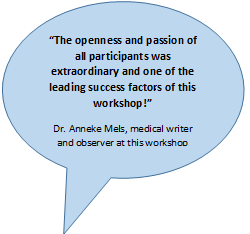
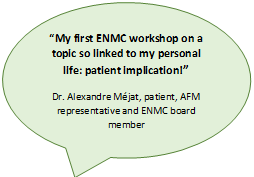
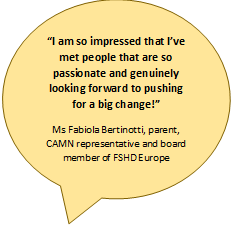
“I am currently writing a grant application, and after the 235th ENMC workshop, I think I will change it by including patient representatives and/or advocacy groups participation throughout the whole design of the trial, including this concept both in the structure of the Methods section and in the composition of the trial budget, considering a percentage of the grant budget is for the patient association and support groups.” ….. Said Dr. Valeria Sansone, Director of the NEMO Clinical Centre, Milan, Italy
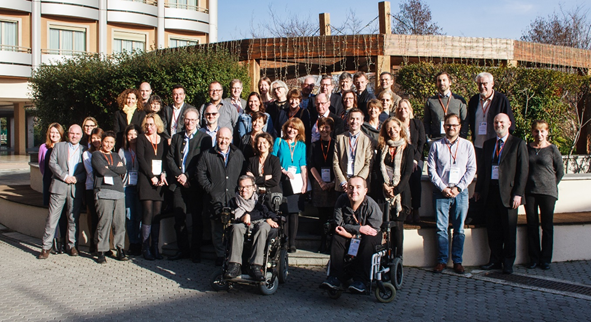
Participants of the 235th ENMC workshop, taking place at the ATA hotel, Expo Fiera in Milan, Italy
We would like to thank the following patient organisations for their help in local management of this meeting in Milan:
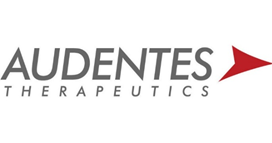
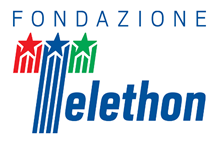
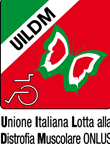
Three papers resulting from this meeting can be downloaded here: Papers on Patient Participation – ENMC
A full report is published in Neuromuscular Disorders (pdf)
